With winter fast approaching, many of us are agonizing on whether our last year’s (or older) Summit can last us another year or if we should bite the bullet and purchase a new 2020 Ski-Doo Summit.
But then, if we do decide (let’s face it, we’ve already decided … we’re just trying to justify it) to upgrade to a 2020, do we settle for a Summit X or SP … or do we go all in with the Summit X with Expert Package?
The difference between the Expert and the other two is about $1,000. (Again, we’ve already decided we want the Expert, we just need a list of reasons to convince our significant other why we need to go all in.) So what makes the Expert worth the $14,499 sticker price?
There are 10 significant improvements in design on the 2020 Expert that will be noticeable on snow and well worth the investment. They are: Significantly smaller snow flap, shorter tunnel, better running boards, improved front suspension, improved rear suspension, lower and lighter seat, lower handlebar risers, smaller diameter handlebars, adjustable limiter strap and improved ski boot.
Let’s try to put a price value on each.
Shorter Tunnel How many times have you felt the back end of the snowmobile being held up and not allowing the track to continue to dig and fight for forward thrust? That’s usually because the back of the tunnel is dragging and adversely affecting the function of the track. Each time results in a stuck. And each stuck results in lost time where you’re no longer snowmobiling but now wrestling with a 500-pound chunk of metal. And that’s no fun. If that happens five times per ride, and you ride 20 times a season, with each time getting stuck resulting in five minutes of wasted time … that results in 500 minutes of time you could have been snowmobiling instead of weight lifting. That’s basically one lost day of riding each season. That’s easily worth $250.
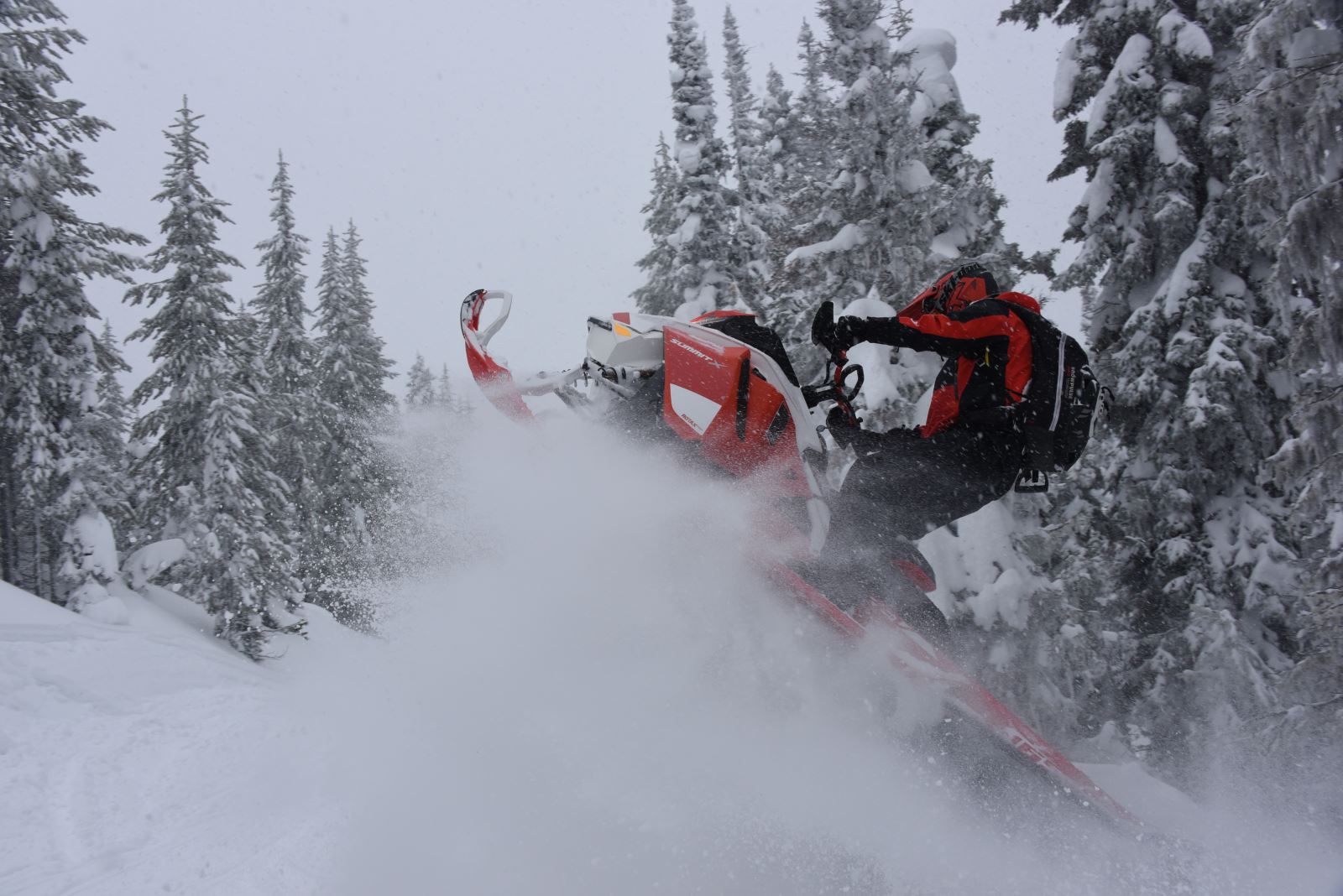
Smaller Snow Flap How often is less more? Well, the smaller snow flap means more snow being evacuated from the rear of the sled and less snow being recirculated back to the front of the snowmobile. Recirculated snow not only creates a drag on the track that steals horsepower, but it also creates a buildup of snow in front of the track that is one of the major contributors of a sled getting stuck (see cost for short tunnel). The longer snow flap is also the most significant negative factor in using reverse on the snow (the flap gets caught under the track and pulls the tunnel down into the snow). This improvement alone is worth $200.
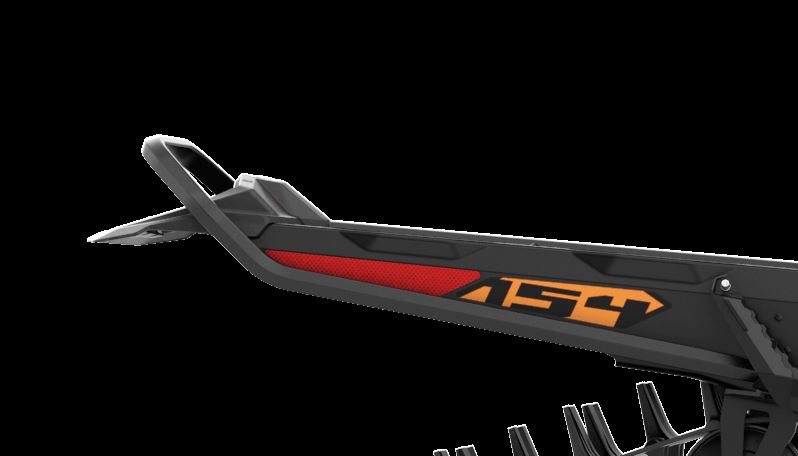
Better Running Boards Again, less is more. The full-length profile running boards feature less extruded aluminum and more openings for snow to fall out. The grid-style design provides better traction with less trapping of snow. You get the best of both worlds—greater traction with no snow buildup. This can eliminate a couple of pounds of “hitchhiker” weight. Since weight reduction is usually factored out at $100 per pound, you just saved another $200 … plus you have better grip which means better control of your sled.
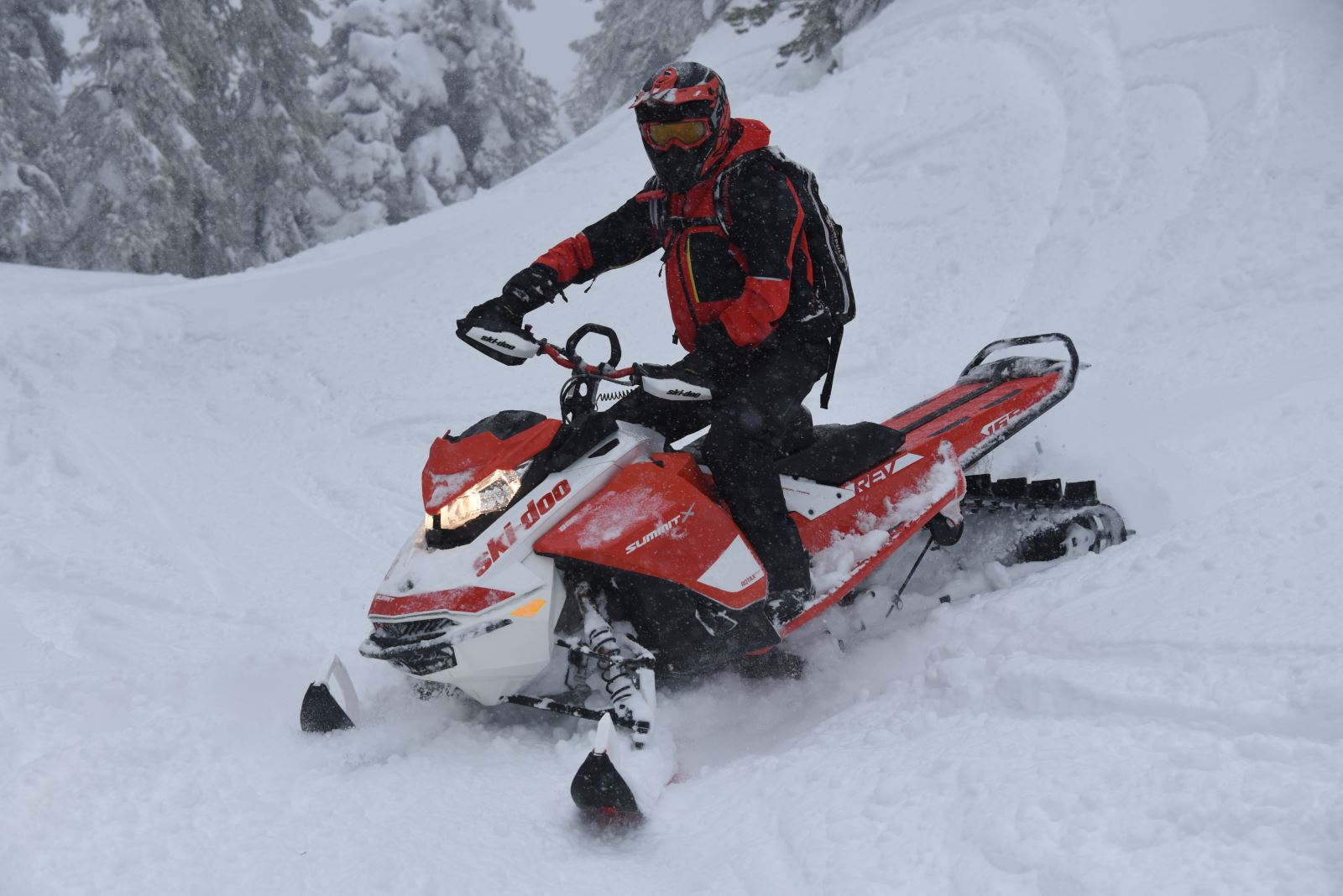
Improved Front Suspension Kashima-coated HPG Plus shocks with a lightweight spring delivers a smooth shock piston movement to improve handling in the bumps. You get a better, more predictable ride with improved durability. That’s got to be worth $100.
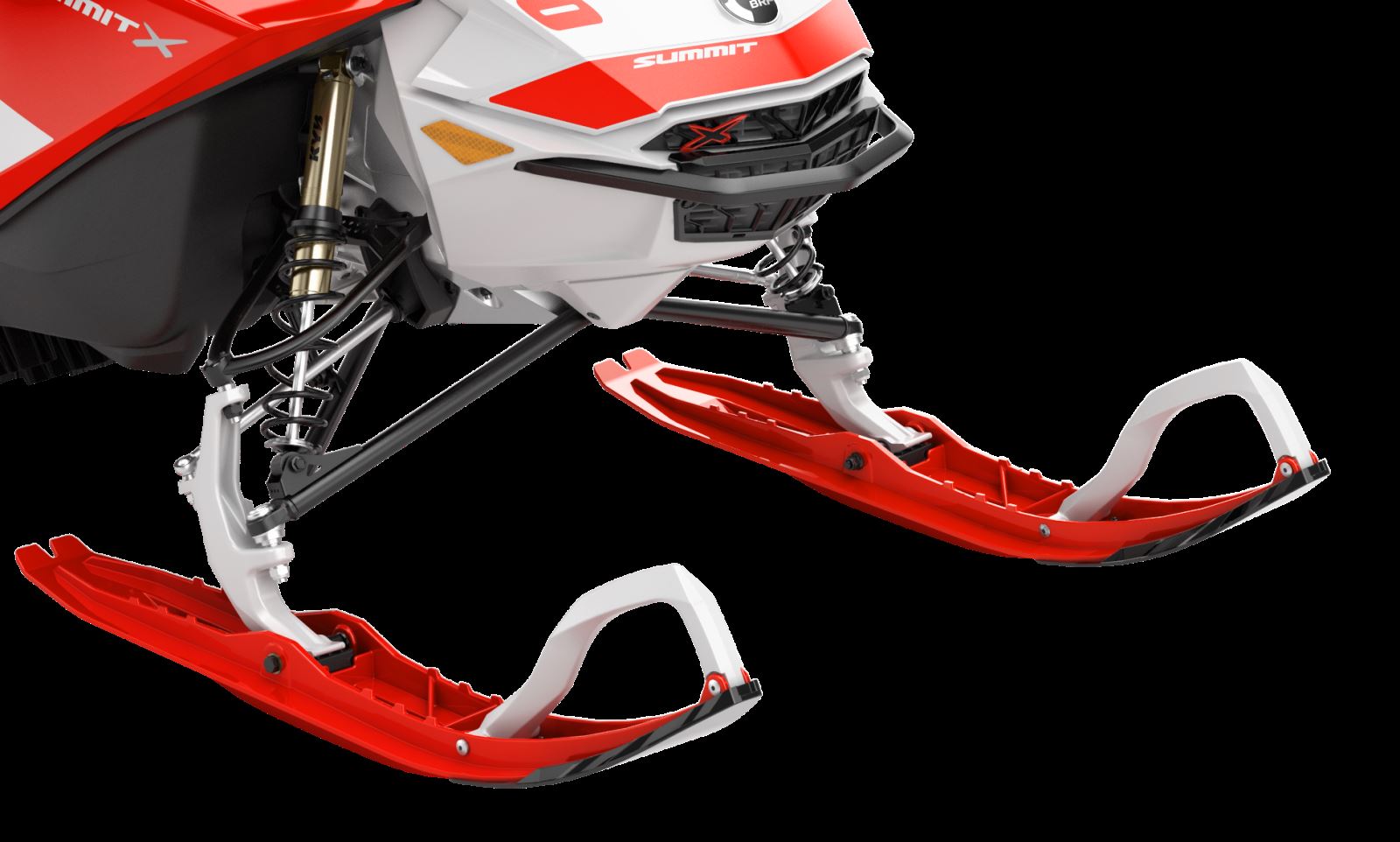
Improved Rear Suspension When you match up the tMotion rear skid with an HPG Plus center shock and a KYB+ Pro 36 easy-adjust rear shock, you get stability in the bumps and performance in the snow. Again, that’s easily worth $100.
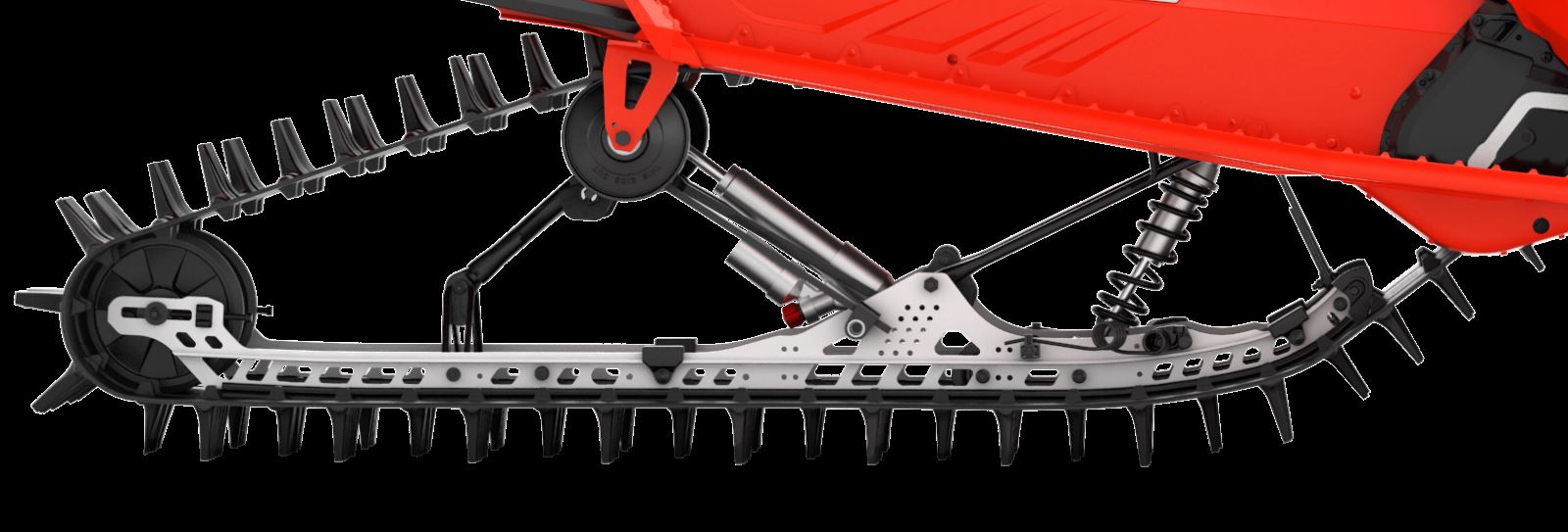
Lower And Lighter Seat Have you ever caught your toe when sliding from one side of your snowmobile to the other? This usually results in losing control of your line and even sometimes being unloaded from your sled. The lower seat allows you easier movement from side-to–side. Being lighter is just a bonus. And to keep from performing a face-plant in front of your riding buddies is priceless. But we’ll still modestly add $100 in value for this feature.
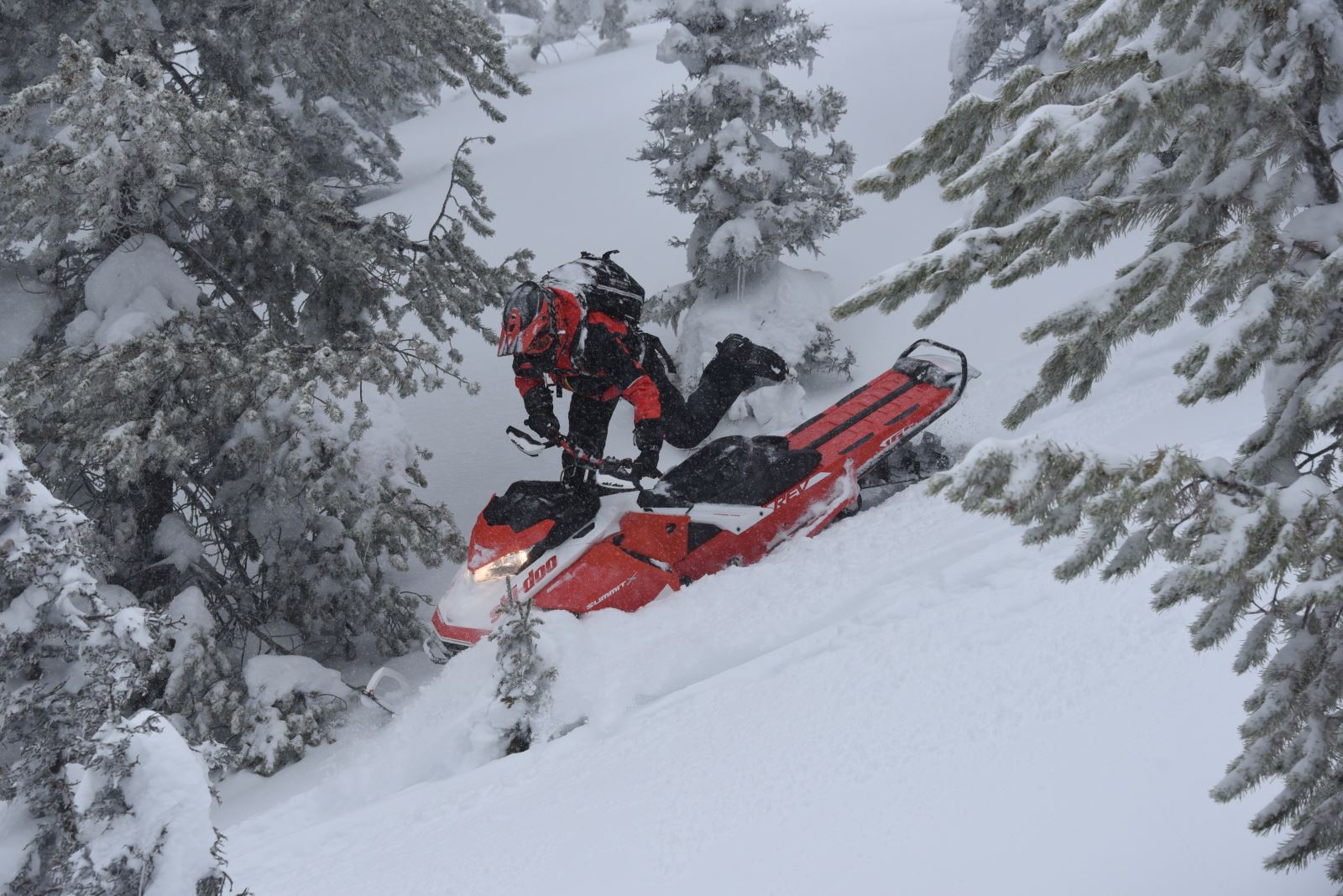
Lower Handlebar Risers Lower bars mean greater leverage. Greater leverage means less effort required for turning. Less effort for turning means longer duration between rest stops. This adds up to more time for riding and less time for resting. Another $100 in added value.
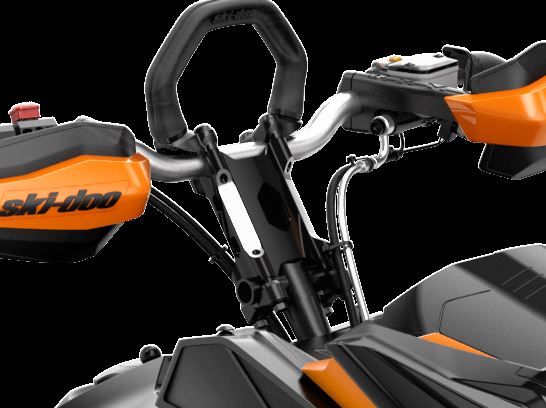
Smaller Diameter Handlebars This is one of those features you hardly notice … but delivers a huge impact on your overall control of the snowmobile. Smaller diameter handlebars mean less arm fatigue and improved grip. You don’t have to squeeze as hard to hang on. Although significant, let’s keep the value at $50.
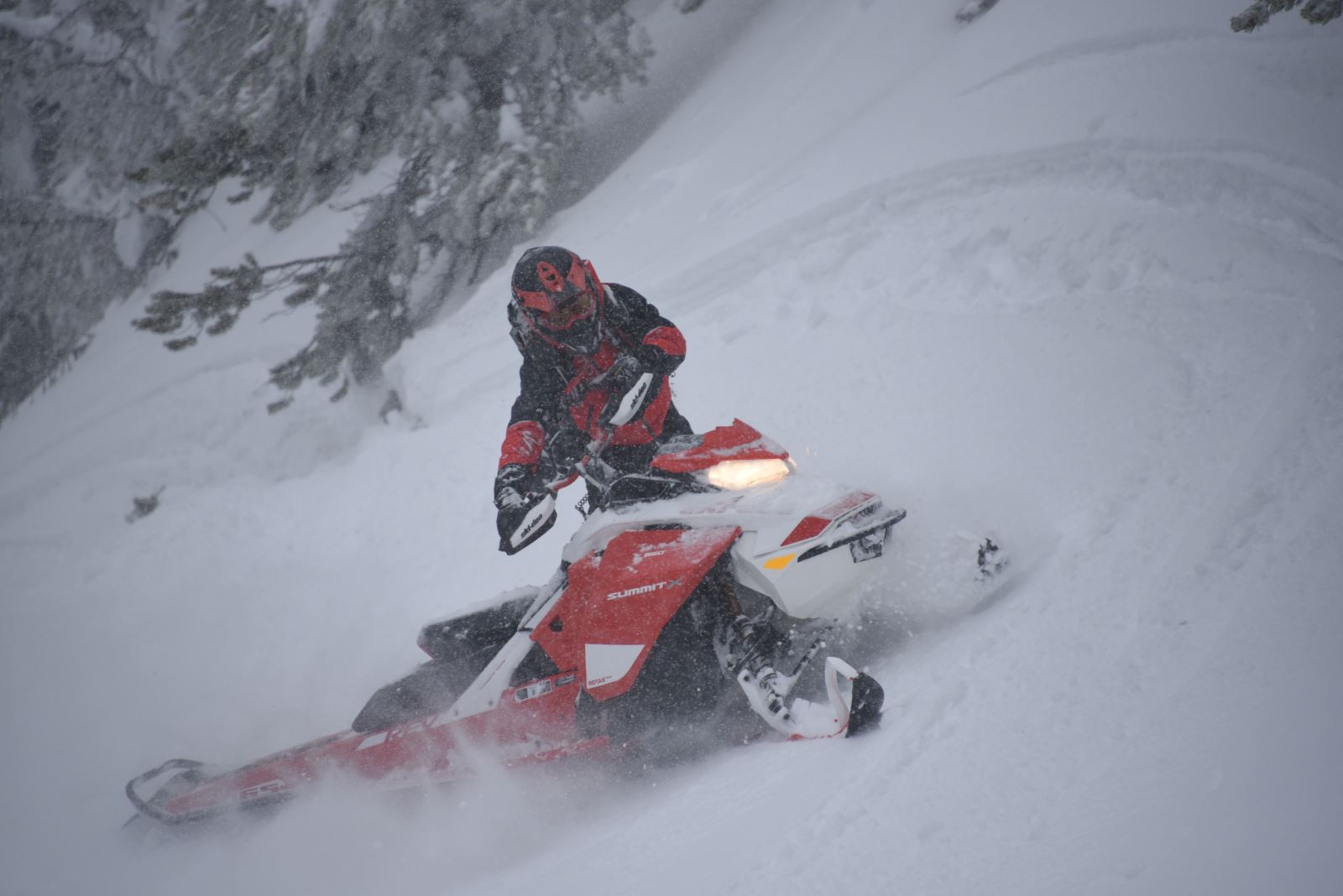
Adjustable Limiter Strap For the most part, you like the front end to be as light as possible and lift up out of the snow. However, when you’re climbing hills, you want the front end to stay down to allow the entire track to generate thrust. (If your front end lifts too much, you only have the last foot of so of your track working for you.) This is when it’s nice to quickly and easily tighten up your limiter strap to keep the front end down. The external adjustment dial on your tunnel is easily accessible and allows you to make the change in seconds. Value $200.
Improved Ski Boot Again, this is one of those little things that really doesn’t show up in the stats sheet but makes a significant difference. The new design of the ski boot reduces the upward mobility of the ski tip and increases the downward mobility. These means the ski stays in level contact with the snow better while reducing any push caused by the ski going vertical. This improves handling, deep snowmobility and sidehilling. Value $100.
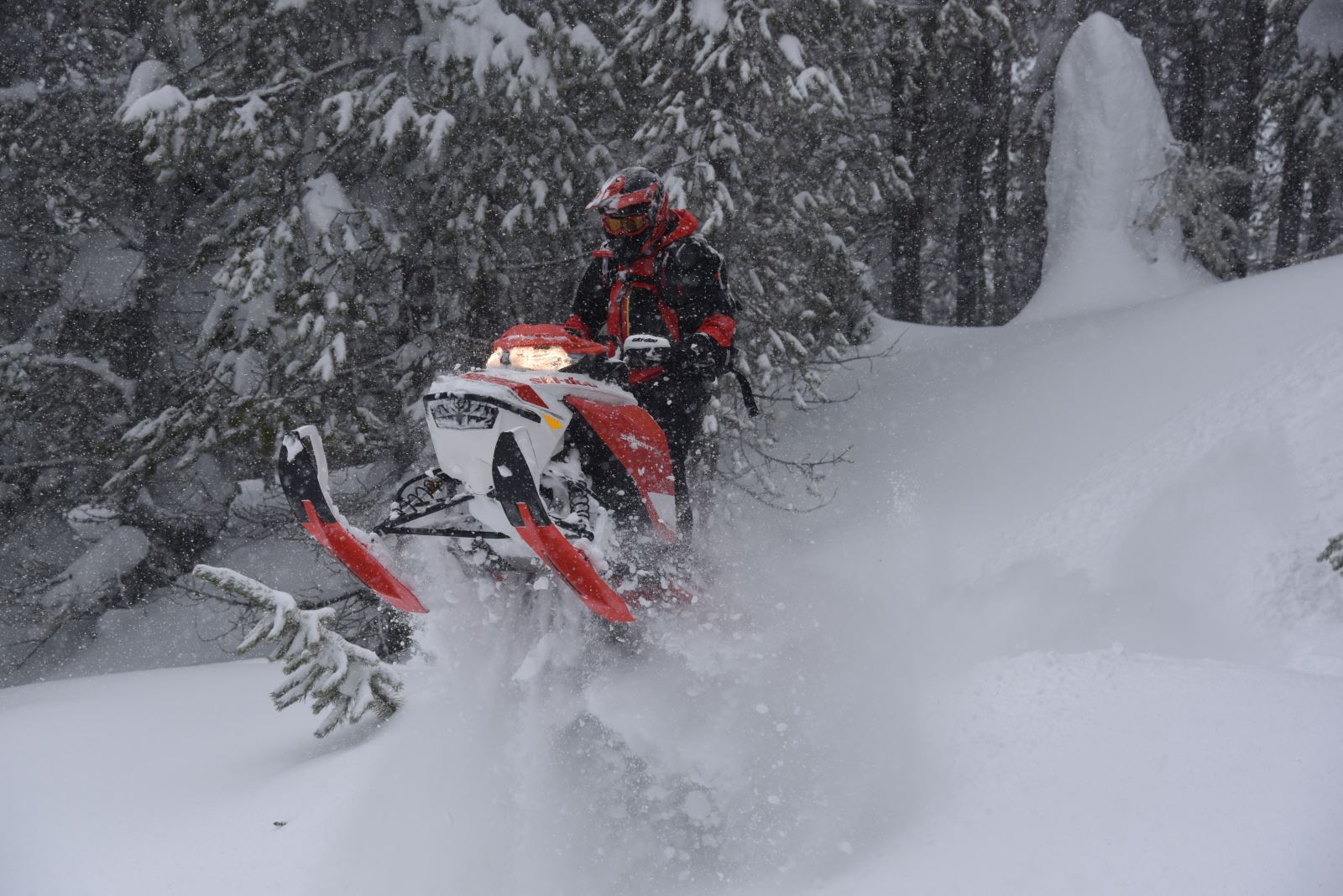
So when you add all these added values up, you see you are only spending an additional $1,000 for a package worth well more than $1,400. Or as your significant other’s shopping value reasoning plays out, you’re actually saving $400 just by purchasing the Expert. And who doesn’t want a free $400 in their pocket?